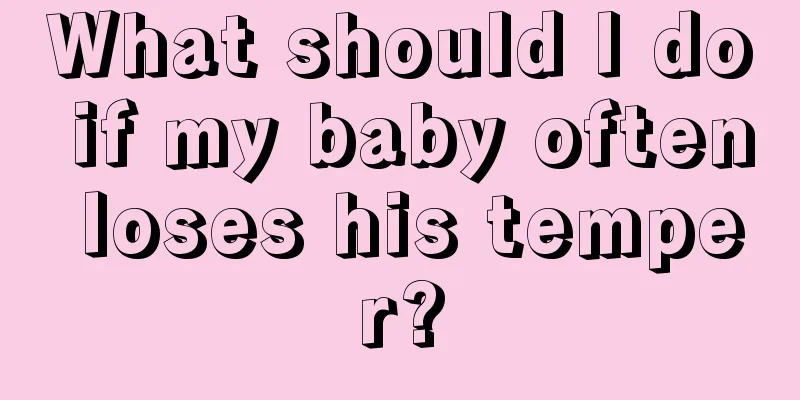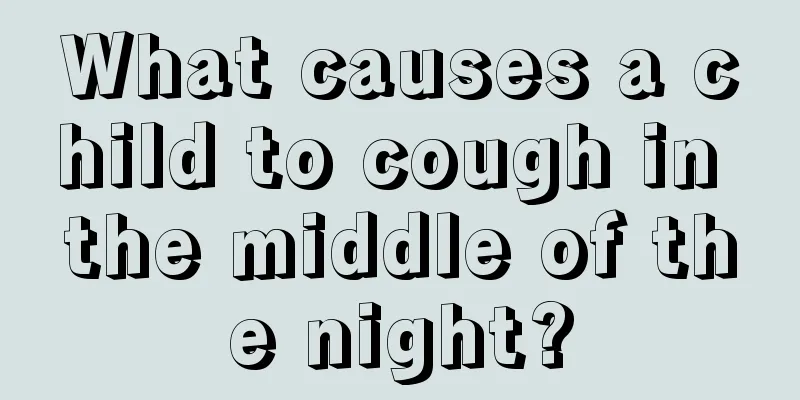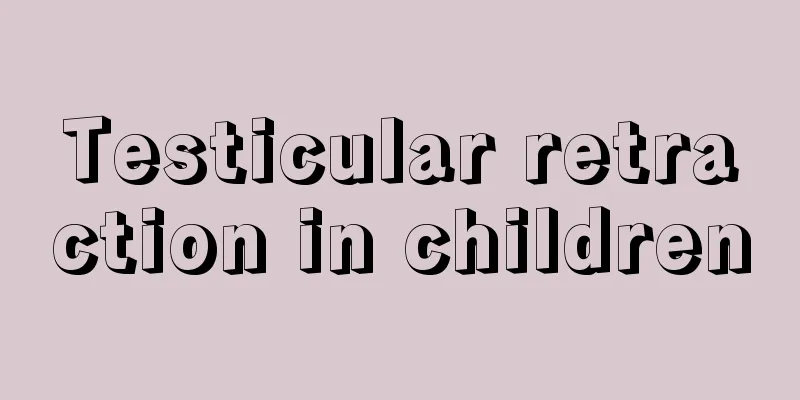How to treat nasal polyps in children, Chinese medicine

|
Nowadays, due to the deterioration of the environment, many people suffer from nasal diseases, especially children whose immunity is too weak. Therefore, nasal polyps are very common in children nowadays. Many people use surgery to treat nasal polyps, but in fact, it can be treated without surgery. Traditional Chinese Medicine is a treatment for nasal polyps: 1. Nasal polyps of lung meridian damp-heat type. Symptoms include: yellow nasal discharge with large amount, nasal congestion and loss of smell, dizziness and headache, pale red polyps, red and thickened nasal mucosa; red tip of tongue with yellow greasy coating, and strong pulse. The treatment should be to clear away lung heat, remove dampness and resolve nodules. The prescription uses: magnolia flower, anemarrhena asphodeloides, gardenia jasminoides, scutellaria baicalensis, loquat leaf, cimicifuga heracleifolia, mulberry bark, plantain seed, oriental water plantain, apricot kernel, and licorice. 2. Nasal polyps caused by phlegm and dampness stagnation. Symptoms include: white and sticky or thin and white runny nose, large amount, persistent nasal congestion, decreased sense of smell, heavy head, dizziness, chest tightness and excessive sputum. The polyps are white like fat or pomegranate seeds, smooth and shiny; the tongue is pale with greasy white coating, and the pulse is slow and slippery. The treatment is suitable for drying dampness, resolving phlegm, and dispersing stagnation. The prescription uses: bile star, tangerine peel, processed pinellia, calamus, Poria, Alisma, Atractylodes, raw oyster, Fritillaria thunbergii, pangolin, kelp, Citrus aurantium, and Amomum villosum. 3. Nasal polyps of lung and spleen deficiency type. Symptoms include: clear or thin runny nose, pale or ashen polyps, or repeated recurrence after surgery, accompanied by fatigue, easy to catch cold; pale tongue with white coating, and slow and weak pulse. The treatment should be aimed at nourishing the lungs and spleen, eliminating dampness and dispersing nodules. The prescription uses: Codonopsis pilosula, Astragalus membranaceus, Atractylodes macrocephala, Cimicifuga heracleifolia, Bupleurum chinense, Angelica sinensis, Tangerine peel, processed Pinellia ternata, Acorus calamus, Poria cocos, and Coix seed. Western medicine treatment: 1. Medical treatment of nasal polyps Since nasal polyps are the result of long-term inflammatory response of the nasal respiratory mucosa, they can be treated with corticosteroids. Corticosteroids can not only reduce the size of polyps or even make them disappear, but also delay or prevent their recurrence when used after surgery. There are two routes of administration for corticosteroids: systemic and intranasal. If there are no contraindications to corticosteroids, systemic application is appropriate in the following situations: ① The polyp is large in size, and it is inconvenient to introduce instruments into the nasal cavity during surgery; ② For first-time cases, the patient is willing to receive medical treatment. The method is to take 30 mg of prednisone orally daily for 7 consecutive days, and then reduce it by 5 mg per day. The entire course of treatment should not exceed two weeks. This short-term intensive therapy does not cause obvious systemic side effects clinically. Generally, the size of polyps can be significantly reduced after the above treatment. Some people experience relief from nasal congestion and significant improvement in sense of smell after taking the medicine orally for a few days. At this time, it can be surgically removed or applied topically into the nose. 2. Surgical treatment of nasal polyps with nasal endoscopic technology Nasal polyps often require surgical treatment, but postoperative recurrence has always been the main problem plaguing patients with nasal polyps. Use nasal endoscopy to completely remove nasal polyps. This is a guarantee to reduce the recurrence rate after surgery. Since nasal polyps are not only confined to the nose but can also invade the surrounding sinuses, the traditional method of removing nasal polyps using a snare is prone to recurrence. Endoscopic nasal surgery can not only reach deeper and hidden areas and completely remove nasal polyps, but also reduce the recurrence rate of nasal polyps through surgical operations that conform to the physiological functions of the human body. You should have regular follow-up visits after surgery. Visit your doctor regularly to learn about the condition of the surgical cavity. If necessary, the surgical cavity should be cleaned and new granulations or cysts removed to ensure the effectiveness of the surgery. Sometimes this follow-up visit may last for half a year. At the same time, we should insist on local medication. Topical use of hormonal drugs can reduce local inflammatory responses and thus reduce the recurrence rate. |
<<: What should I do if my child has a learning disability? Parents, please remember these methods
>>: What should I do if my child has a fractured clavicle? These methods to cope
Recommend
What are some tips for treating your baby’s stuffy nose?
I believe that many people will encounter the phe...
What are the dietary treatments for high fever in children?
When the body has a fever, it is necessary to cho...
What is the disease of eating foot skin
The heel is the main support point for human acti...
What food is better for children to eat when they have a fever?
When a child has a fever, you must know effective...
The child has an abscess on his gums
Dental health has always been a concern for paren...
What should I do if my child has a fever every afternoon?
Children's resistance and immunity are relati...
How to take care of your baby if bronchitis keeps recurring
As the weather changes, it is easy for babies to ...
Can a baby who is not yet one month old take a bath every day?
Parents are very concerned about the daily care o...
Symptoms of cough variant asthma in children
Asthma is a very common disease nowadays. There a...
What should I do if my child has a runny nose due to heat?
When seeing their children with a runny nose, mos...
Prevention and treatment of myocarditis in children
Childhood myocarditis is a serious disease for ch...
Why is my child losing a piece of hair?
We know that sometimes we lose hair one by one, n...
What causes anemia in premature infants?
Anemia is a relatively common disease in prematur...
5 month old baby milk intake
A five-month-old baby is just beginning to eat co...
Treatment for baby eyebrow eczema
Many young mothers will find that their babies oc...









